|
The photographers that compelled me to pick up a camera were my New Zealand compatriots. There’s something special about seeing your own backyard through the eyes of an artist. I’ll list them from when and how they fit into my personal photographic journey.
ANS WESTRA CNZM
The first time I really connected with photographs was when viewing Ans Westra’s work in my early 20s. This was the first time I experienced the ‘brain ping’ (my terminology for feeling the excitement in art). Her photographs helped me understand how photography can depict social history through different viewpoints.
Born in the Netherlands, Westra came to New Zealand in the late 1950s aged 21. She was ‘put on the map’ when her series Washday at the Pa was published in a primary school journal in 1964 but then withdrawn. The body of work remains controversial: This was in response to claims that it reinforced a stereotype of Māori as living in underprivileged circumstances. It was true that the family Westra photographed were materially poor but what the critics overlooked was how Westra captured the warmth of family life and the rich and happy existence of its children.
Click on these links to see Westra's photographs:
JOHN PASCOE
Viewing John Pascoe’s work (in my early 20s) showed me how photography can capture the photographer’s personality, adding extra layers of meaning to photographs. It also demonstrated how small New Zealand is. It turns out he was the grandfather of my school friend. Her mother featured in many of his photos. At this point in time my own story, I didn't considering pursuing photography. I just knew I loved looking at photographs and the stories they told.
Pascoe was born in Christchurch, New Zealand in 1908 and became a mountaineer, writer, photographer and archivist. His serpentine career style is one I aspire to. He became the illustrations editor for centennial magazine Making New Zealand after writing to the Department of Internal Affairs asking for a job. He was then appointed official war photographer in New Zealand. Nice hustling! Pascoe was never interested in photography as technical trickery, nor as puffery and propaganda. Influenced by the British documentary film-makers and American photojournalism, he wanted to capture the human realism of his subjects’ lives.
Pascoe’s adventures and family life are an important part of his work, so I recommend checking out the book John Pascoe by Chris MacLean. Because I’m a novice architecture geek, I also go out of my way to photograph buildings designed by John’s twin brother Paul Pascoe who is considered a pioneer of modernist architecture.
DOC ROSS
Fast-forward to 2016 - it's been 15 years since first seeing Westra's and Pascoe's photographs and getting the good brain pings. Devastating earthquakes in 2010/2011 have changed everything in my home town, including the psyche and priorities of the local population.
I first came across Doc Ross’ photographs on social media. His images of Christchurch evoked a powerful emotional response from people who were mourning their city. These were the photos that motivated me into studying photography for the next three years. I wanted to make photographs of ‘normal’ scenes and events that give people a brain ping and help them appreciate what they have around them like Doc Ross' photographs did for me. Born in 1955 in Eketahuna, photographer Doc Ross has spent the last two decades recording urban landscapes in all their changing situations. Since moving to Christchurch in 1998, he has been described as one of the city’s “most intimate biographers”, tracking the changing city before and after the earthquakes of 2010 and 2011.
Click on these links to see Ross' photographs:
LAURENCE ABERHART
One of my assignments for my photography study was to recreate a photo in the style of Laurence Aberhart. This was my favourite assignment (just beating the Cindy Sherman assignment which I might share another time!)
Aberhart planned to be a primary teacher, but only had one teaching job before becoming a photographer. Aberhart’s photographs of buildings make my heart sing. The composition, lines, and angles soothe my ADHD brain. I can imagine how the building smells and sounds. Although he’s well-known for photographing buildings, I would most like to be his assistant in the late 1970s when he photographed musicians (eg David Bowie, The Ramones) for magazines Rip It Up and Extra. One of Aotearoa New Zealand’s most perceptive artists, Laurence Aberhart is a photographer who makes images of the vanishing past in an accelerating world.
Click on these links to see Aberhart’s work:
MARTI FRIEDLANDER CNZM
Martha Friedlander grew up in a Jewish orphanage in London and studied photography after receiving a scholarship for Camberwell School of Art. She emigrated to New Zealand in 1958 with her husband and continued photography.
When I need inspiration for photographing people, I look to Marti Friedlander’s work – particularly capturing relationships between her subjects. I also love that she advocated for women’s rights in her photography. Friedlander died in 2016 just as I was learning about her work.
I've learned so much from these New Zealand photographers - particularly about finding beauty in the every day, and understanding different viewpoints and opinions.
Find your favourites, and start in your own community to learn who is telling the stories relevant to you.
0 Comments
Need fresh ideas for your photography study? Want to learn new photographic angles and perspectives? Read on to find out how neighbourhood photography can help you focus and tell your story. What’s the big deal about neighbourhood Photos?There are loads of cool things about candid street photography in your community:
1. Photographing architecture in the community‘Architecture’ doesn’t have to mean an arty new building or ancient temple in the centre of a city. There is beauty in the detail of all forms of architecture. Rural areas have old outbuildings, places of worship, or huts. Suburbia is full of repeated patterns and juxtaposition of old and new. Public buildings such as libraries or galleries are great to photograph because you may not have to ask for permission. Always ask before going onto private property and be mindful of your personal safety . 2. Finding colour in community photographyChoose a hue, and photograph as many items of that colour as possible during your neighbourhood photo walk. Green is easy if you live in the countryside so maybe try for a more challenging vivid orange! Perhaps purple is your vibe in the city. Photograph a detail of the purple bumper on the car next door, the violet bakery sign, lavender flowers in the library garden and the lilac coloured baby hat dropped on the footpath. This is a lovely mindfulness exercise if you need to take a break from everyone and everything. A theme of yellow and blue in Timaru, Oamaru, and Christchurch New Zealand. Copyright HJ Milne 2023. 3. Street portraitsYou need to be in a confident mood and have good communication skills for this one! Ask people in your community if you can take a photo of them during your walk. This works well for neighbourhoods where ‘everybody knows everybody’. Take a relaxed portrait of them in-situ. Perhaps the ice-cream scooper at the gelato shop, your neighbour changing their bike tyre, or the woman down the road mowing her lawn. Always ask permission first, and let them know why you’re taking the photo. Offer to email them the finished photo and don’t take it personally if they say no! 4. Photographing animals you meetIt sounds easy (and fun) but photographing animals in the community can be a solid challenge. Apart from the obvious cat and dog options, look up to trees and power lines for birds. Those in farm environments definitely have an advantage! The country you live in plays a role in the critters you can photograph. The only indigenous mammal we have in New Zealand is the pekapeka/bat (which I’m yet to photograph). So I tend to focus on wild birds interacting with each other and cool pets hanging out on the streets. I'm jealous of those living in countries where they might come across a squirrel, badger or wombat! Use a fast shutter speed, and always ask for permission if the animal is with it’s human. 5. low angle perspectivesWe get into the habit of photographing from the same height – especially when working fast with street photography. Slow it down and create a series of neighbourhood photos taken from ground level. Find a few comfy places to sit on the ground. An old cushion will help. Capture feet and legs walking by, bicycle wheels, litter, gutters, and pipes. Balance the camera on a stable brick or piece of wood and experiment with different shutter speeds to create a sense of movement. I often get odd looks from people when I do low angle street photography, but that doesn't bother me. Just be wary of people walking into you or doggos coming to say hi. 6. Something beginning with . . .Take your friends or family out and see if you can all photograph something beginning with each letter of the alphabet in your neighbourhood. Mix up the angles and perspectives. Don’t be afraid to try close-ups and push the boundaries of your camera (or phone camera). Set up some rules to make it more challenging (avoid grass and concrete for ‘g’ and ‘c’!) What do the finished photos tell you about the photographer? Who is good at finding details? Who has the best nature alphabet photos? Combine the best alphabet street photographs for a shared collection. This is a fun way to get creative guidance from friends and family. Being creative doesn’t mean you have to spend money or travel far away. Make the creative brain sparks ping by seeking out inspiration in your own community. This is also a lovely way to understand more about the history and people in your area while gently learning about camera settings and techniques. Before you go find your thesaurus, this is not a technical blog with tricky jargon. I’ll provide simple tips and tricks about finding the best camera for a new photographer that will save you time and money. Read on for some inspiration! What do you like to photograph? Decide what you’d love to see framed on your wall. Visit your local art gallery to discover the subjects and scenes you love looking at. What environments make you feel good? Do you love long hikes in the mountains? You’ll want a robust camera that can shoot vast landscapes in high resolution (= printing big photos). Is sport your thing? You need a camera with a high ISO to ensure plenty of light enters the camera so you can shoot fast scenes. Perhaps you live in a city with impressive buildings for architecture photography or you want to document your community's stories with your camera? Your typical subjects will make a difference to the type of camera you use (this doesn’t mean you have to limit yourself to those genres though). What are the different types of cameras?Research the types of cameras and their purposes. This is a chunky but necessary task. There many types of cameras, each with their own language and passionate community. Don’t feel intimidated by the range or the jargon. It’s perfectly normal to be unsure of how different cameras work – that’s why we have online tutorials and camera clubs. When I get a fresh camera, I head straight to Google to learn about it.
The range of cameras available has exploded since the introduction of digital camera technology. In addition to classic film cameras, you’ll see words such as ‘mirrorless’, ‘bridge’, ‘medium format’ as you research. But to keep this article simple and sweet, I’ll stick with briefly discussing DSLR cameras, compact cameras, and smartphones. DSLR (digital single lens reflex) cameras These are the cameras you see professional and enthusiastic amateur photographers use in pretty much any environment (except maybe on a surfboard or underneath a surfboard). DSLR cameras use interchangeable lenses depending on what the subject is, and they have a decent weight which makes you feel like a Proper Serious Photography Nerd. DSLRs are either crop sensor or full-frame. If you use a crop sensor DSLR camera, then your photos will be cropped around the edges for a tighter field of view. A full-frame DSLR camera generally provides better photo quality especially in low-light. Many DSLR cameras have video capability. Their capacity for high resolution means photos can be printed large to a high quality, and once you get the hang of it all you can customise the settings. Compact Digital Cameras Compact (or ‘Point and Shoot Cameras’) are lightweight, easy to use cameras. They don’t have the complications of extra lenses and they can work simply with automatic settings. Often considered the perfect travel camera, a good compact camera is fantastic for learning the basics on. Because it’s digital, you can experiment and not worry about wasting film. They have a decent resolution so you can print photos large, which leads us to our next camera type . . . Smartphones Chances are you know more about smartphone photography than I do because I’m a camera-snob and enjoy using a DSLR. However, I recall numerous situations when I’ve been working and someone next to me has taken the same shot with their smartphone and I’ve been grumpy with the light and colours they’ve automatically captured compared to my photo. The smartphone is a great camera to start with. It’s accessible, lightweight, and cost effective. It's also the camera you are most likely to have with you. Phone cameras enable you to learn essential basics of photography such as composition, angles, and perspective. They also provide the opportunity to learn what subjects you love to photograph before you splash out on a bigger camera. Biggest con of smart phone photos? Printing from phone images is hit and miss depending on how modern your phone is and how decent the resolution is. What camera do you already have?Investigate what you have already. This is the most overlooked step of choosing the best beginner’s camera. Humans love shiny new technology (especially that whole unboxing thing). But new does not necessarily mean better. Dig though your garage. Dig through your friend’s garage. What’s in that childhood box of stuff that’s been stashed away? You may have an old film camera or point-and-shoot ready to use. If it hasn’t been used for a long time, get it cleaned professionally (if it has fungus on the inner workings then sadly it’s a no-go). Choosing an existing camera as your ‘starter camera’ is also a good way to find out what brand you like (or don’t like) before you invest for the next stage. Check out second hand camera gearYou don’t have an old camera in your garage so you’ve decided to splash out. Hold your horses though - research your second hand camera market before buying new. I’m a huge fan of second hand photography gear. Even as a professional photographer, I still buy pre-loved cameras. This frees up cash for new lenses! Apart from saving money, buying second-hand means you have a camera with a history which I like the vibe of. Second hand cameras also come with a lower carbon footprint (less packaging and often reduced travel involved) so they give you cosy environmental warm fuzzies. Places with second-hand cameras:
Be brave and decide!Taking action is your last step. If you’ve been asking yourself ‘what type of camera should I get?’ since 2021, then you need to pull your socks up and make a decision. Upgrade your mobile phone (camera), buy that second-hand point-and-shoot, or splash out on a DSLR. Then use it . . . a lot! The more mistakes you make, the more you learn. Don’t let confusion get in the way of finding a camera to start your photography adventure. Consider how you want to involve photography in your life, and whether you already have a camera you could use. Or take the next step and research a new or second hand camera. Then let the magic begin! |
Hi.This blog shares tips and tricks for you to get involved with photography, and keeps you up to date with my exhibitions and shenanigans. Archives
February 2024
Categories
All
|
Services |
|


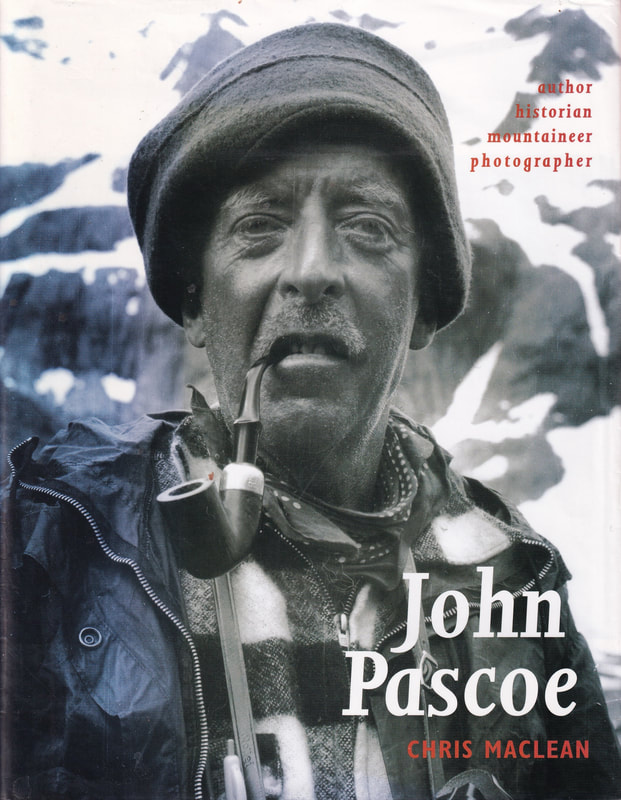
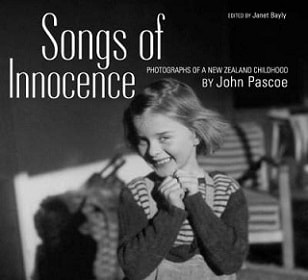
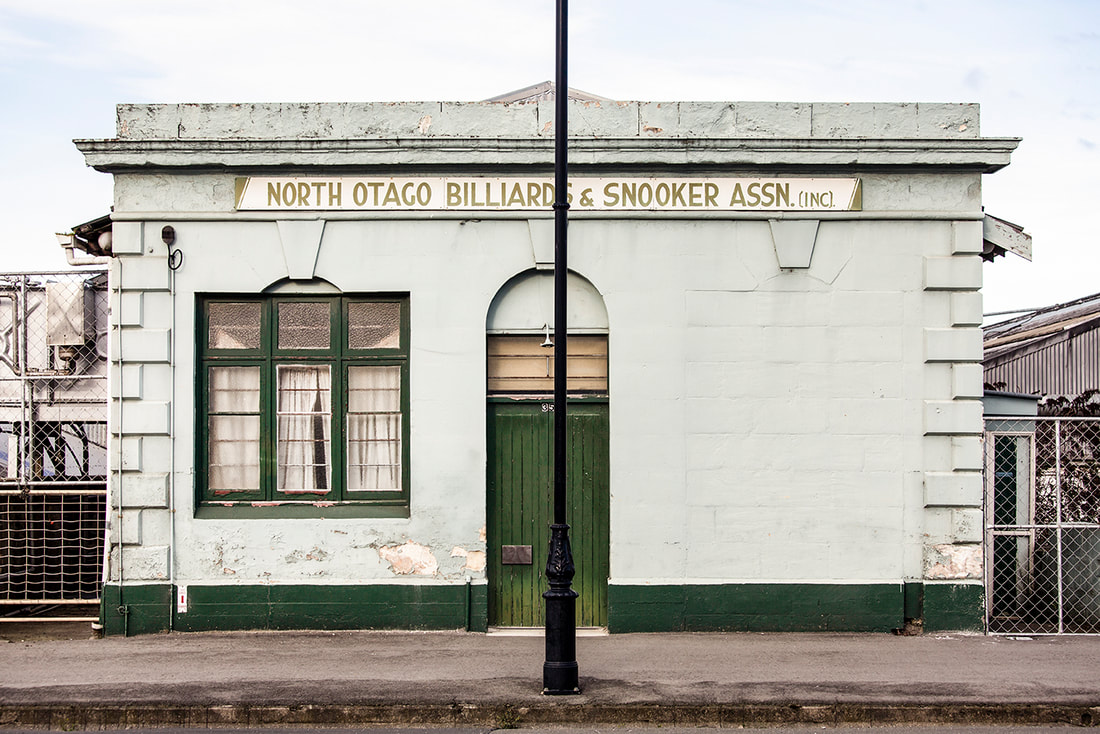
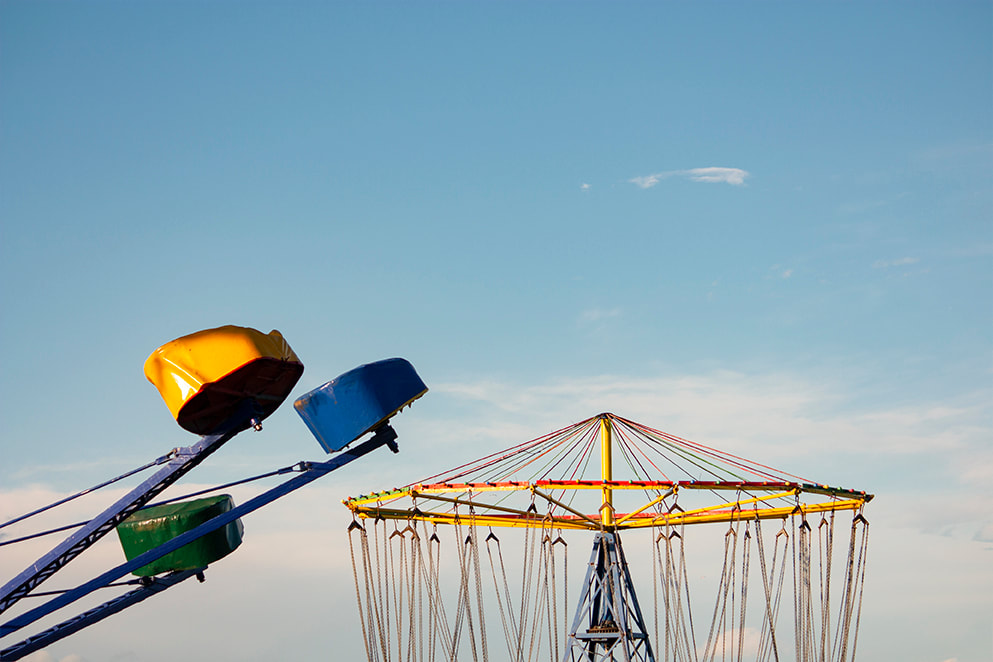

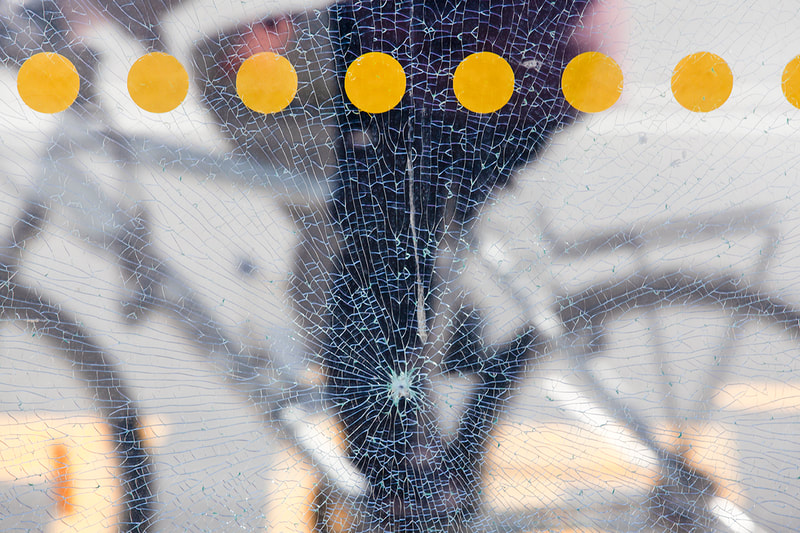
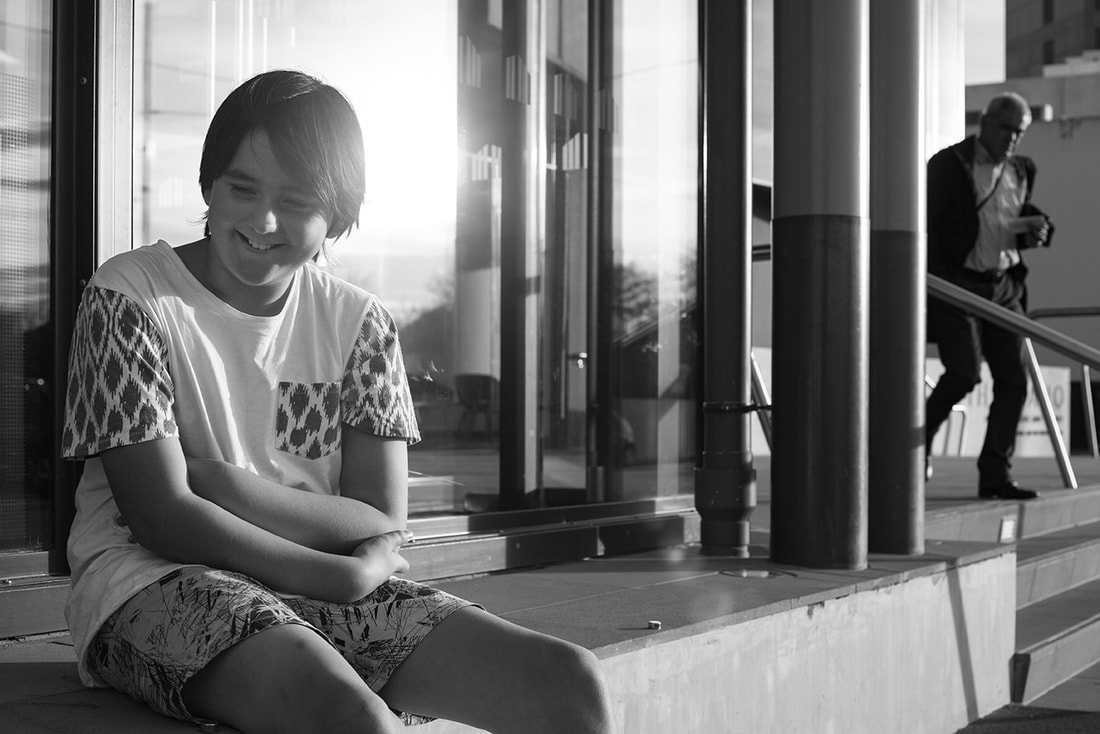

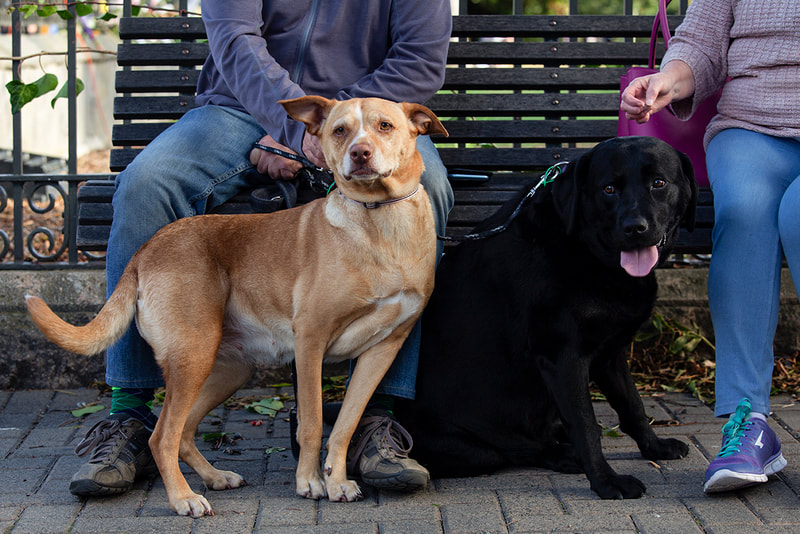
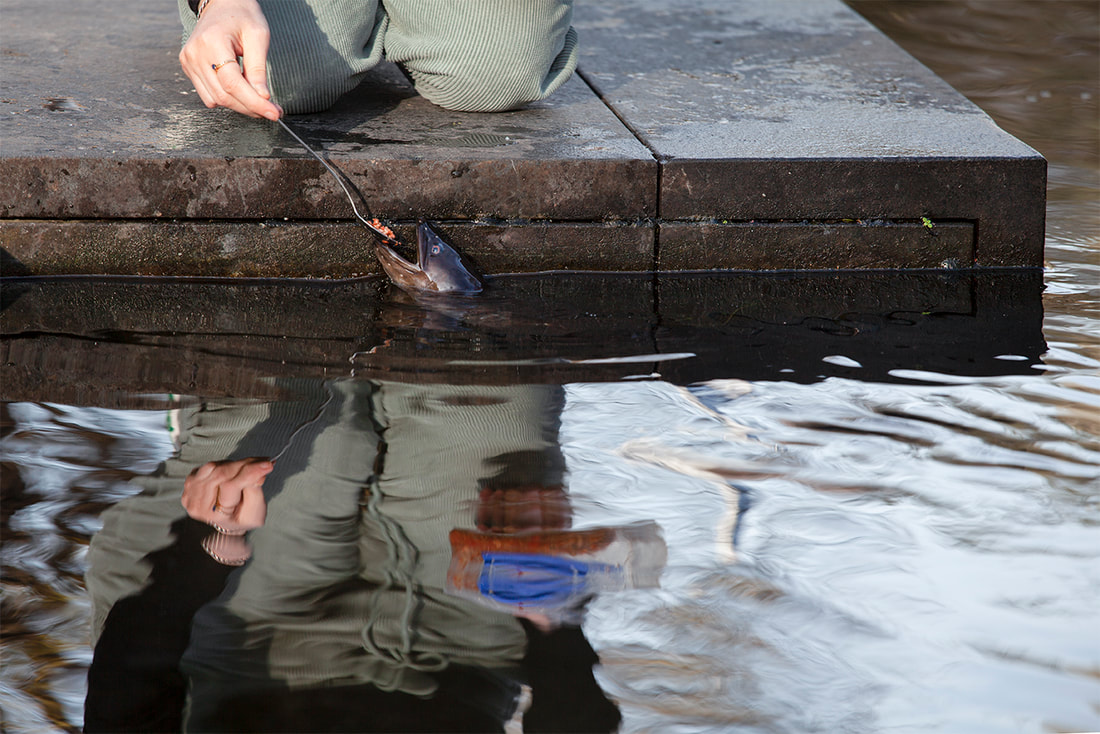
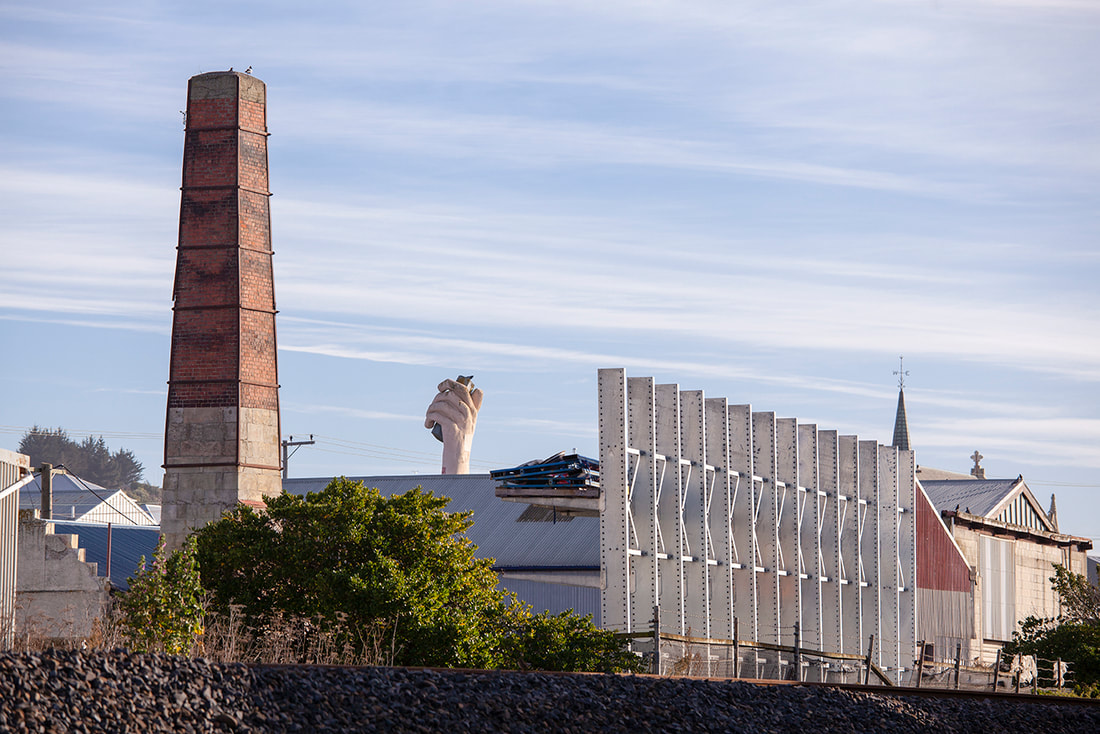
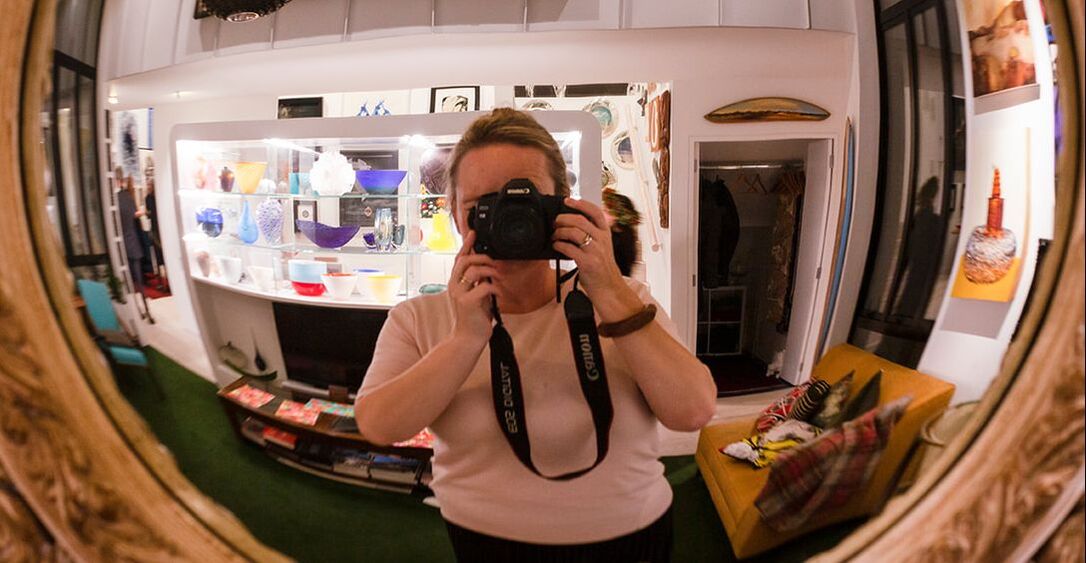
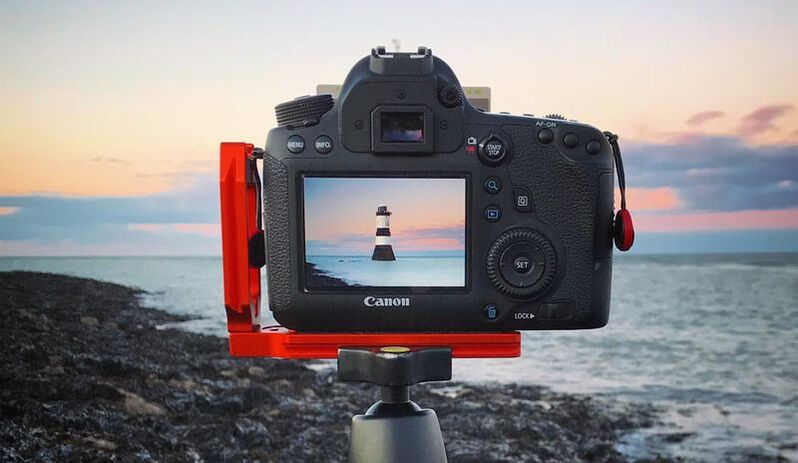
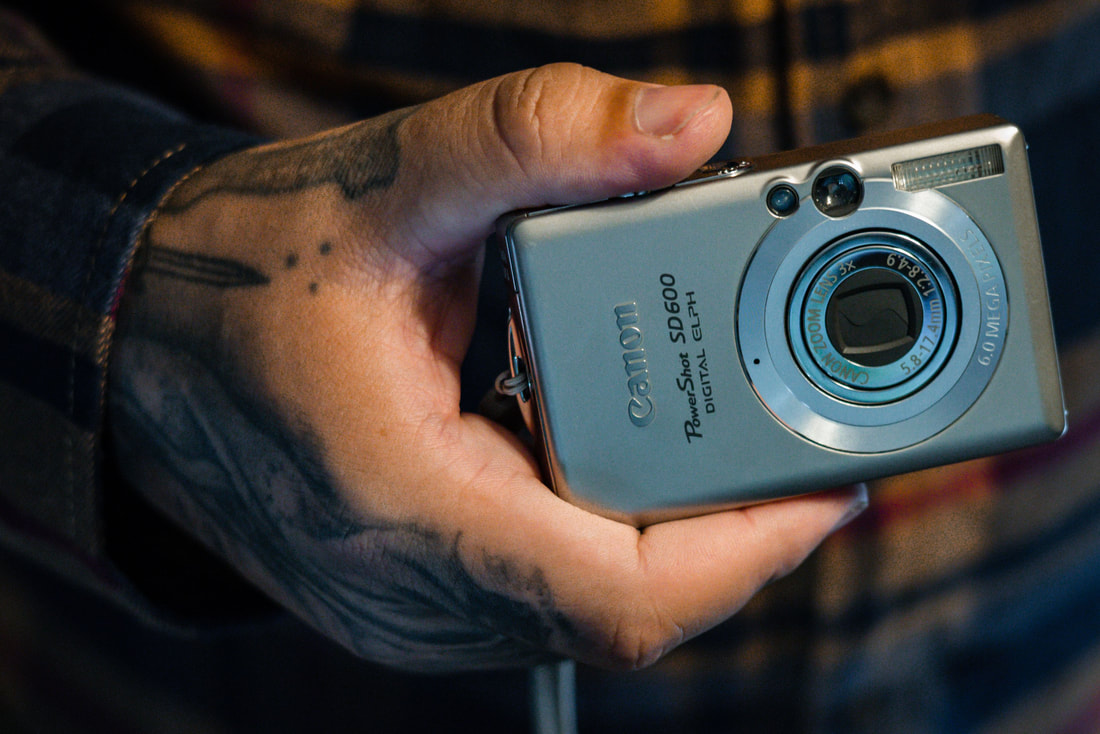
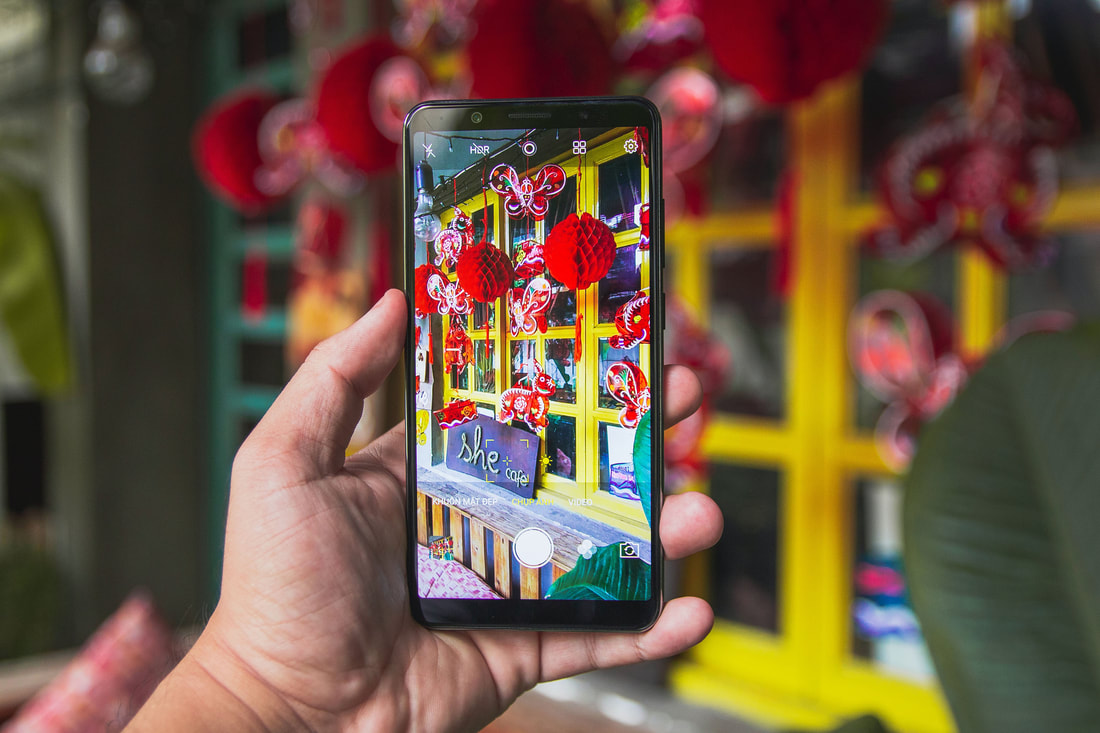
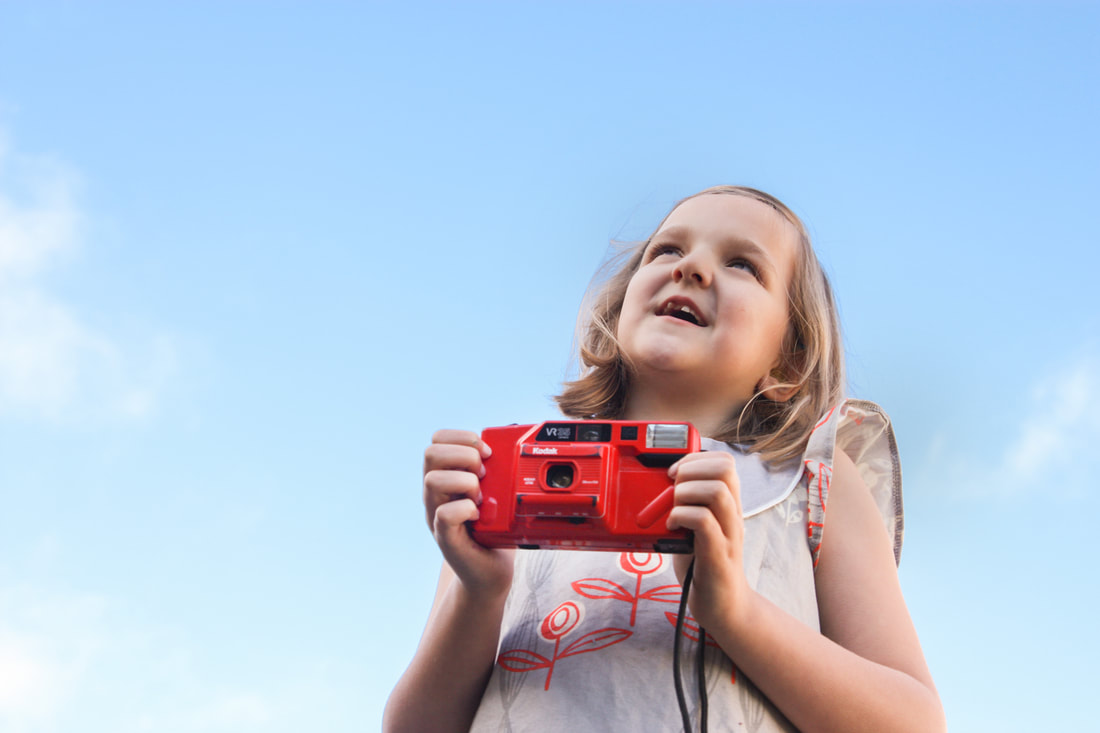
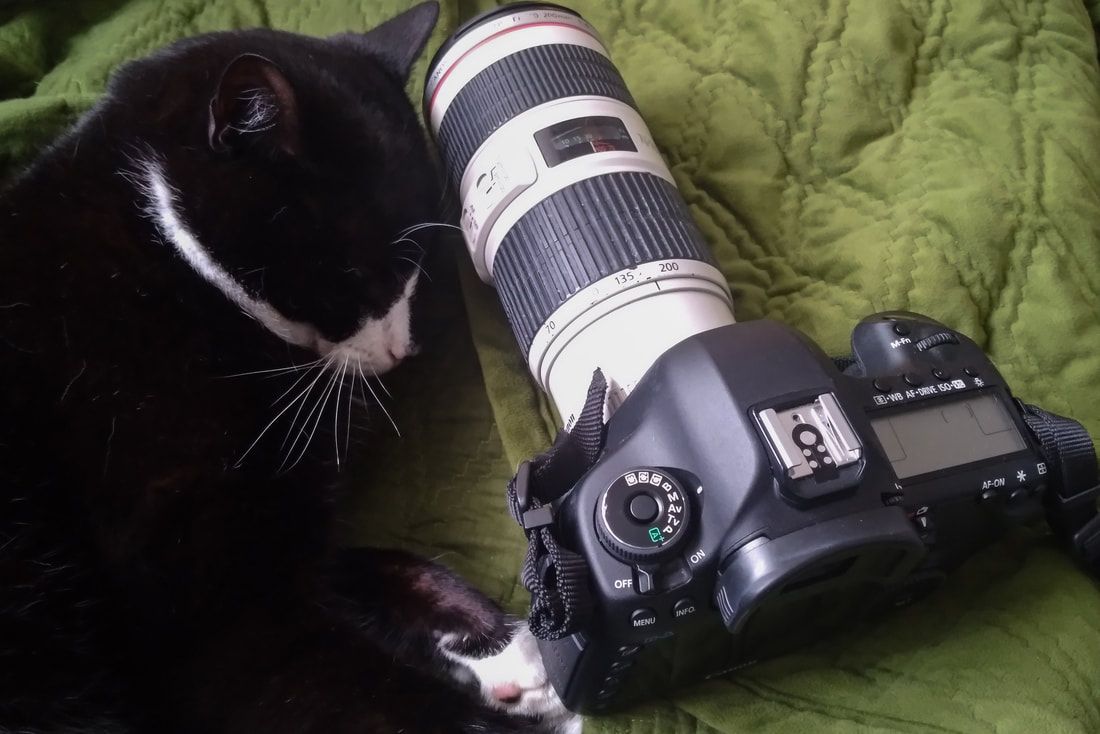
 RSS Feed
RSS Feed